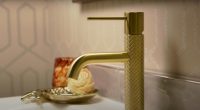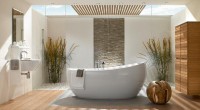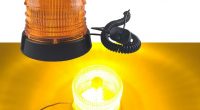The Importance and Benefits of LED Lights in Your Home
The process of building a house necessitates the coordination of numerous elements. This includes the house’s architecture as well as the exterior and interior design concepts. However, one aspect of design that is frequently overlooked is lighting, which can mean the difference between a welcoming home and one that is not. Lighting, particularly led lighting, is essential in every home,
What exactly is LED lighting?
LED is an abbreviation for light-emitting diode. An LED is a semiconducting device that produces light through a method named electroluminescence. When an electric current passes through semiconductor material, the result is emission of visible light. As such, an LED is diametrically opposed to a photovoltaic module, which is the cell used in solar arrays.
LED technology has been used for many years now. Did you also know that LED technology helped to land an astronaut on the moon and enabled the creation of portable AM radios by contributing to the development of solid-state transistors?
Good lighting matters for your home
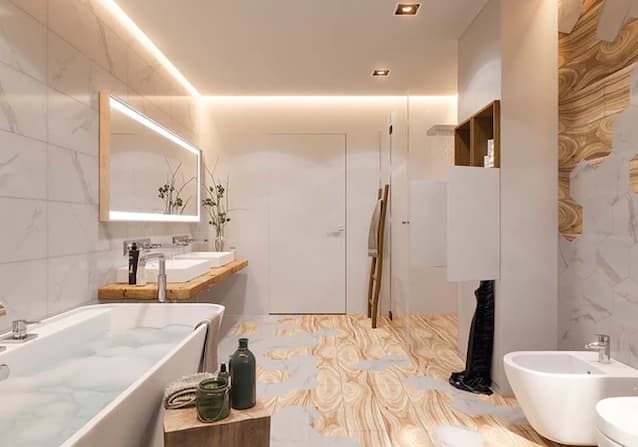
Today LED can help brighten up any room in your home that gets little to no natural light. For example, your bathroom is in need of quality illumination. In the end, this is the space you use first thing in the morning, especially the mirror where if you don’t have quality bathroom led lights you won’t be able to apply skincare or make-up and will have trouble seeing things when cleaning up.
And let’s not even mention how atmosphere-changing can a good light be for your family and guests in the living room. You can set a whole mood by placing the lights properly in the corners or overhead for the kitchen where you need direct brightness while cooking.
LED Bulbs Advantages
They last for a very long time
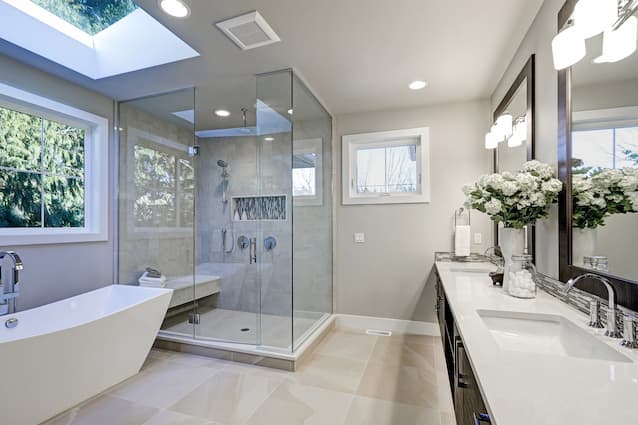
When compared to the average incandescent bulb, the lifecycle of an LED light is far superior. The average incandescent bulb has a lifespan of around a thousand hours. An average LED light has a lifespan of 50,000 hours. Its lifespan could be even up to 100,000 hours based on how you use it.
This means that bedroom or bathroom led lights can last somewhere between six and twelve years before needing to be replaced. That is 40 times the life of an incandescent bulb. Even if you use fluorescent, metal halide, or sodium vapour lights, an LED light can last two to four times as long.
You will see a significant energy conservation
Another significant advantage of LED lighting is its low energy consumption. The energy efficiency of a lighting source can be measured in useful lumens, which describe the amount of light that the device emits for each unit of power, or watt, that the bulb consumes.
If you replaced all of the lighting in your home with energy-efficient kitchen, living room, bedroom and bathroom led lights you could see an improvement in the overall energy efficiency of 60% to 70%. Depending on the type of lights replaced and the type of LED lights used, the improvement could be as significant as 90% in some cases.
Energy efficiency improvements are directly related to financial savings. When you replace a traditional illumination with an LED light source, your power consumption will decrease, making LED lights a wise investment.
LED offers environmental performance enhancement
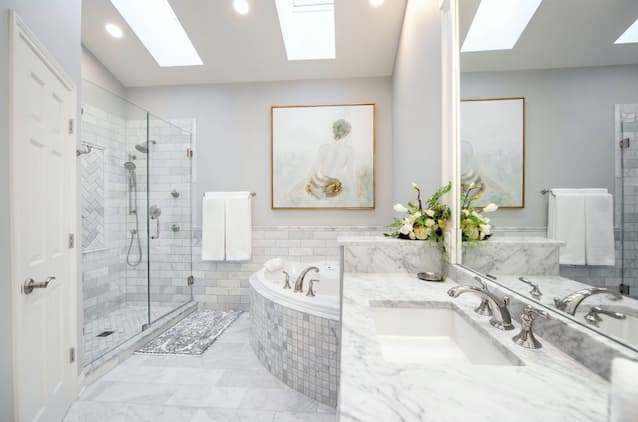
It is becoming increasingly essential for homes to become environmentally friendly. The world at large is increasingly seeking environmentally friendly options, and using an environmentally friendly light source can assist individuals and businesses in reducing energy consumption while also attracting a socially conscious consumer base.
Many traditional lighting sources, such as fluorescent lighting and mercury vapour lights, incorporate mercury into their design. As a result, when they no longer perform, they require special care. With LED lights, you don’t have to worry about any of these issues and can instead focus on creating an inviting and comfortable living space or the perfect bathroom oasis with stylish bathroom led lighting that steals the show.
LED performs better in cold temperatures
Traditional lighting sources can’t handle very cold temperatures. Lighting sources, particularly fluorescent bulbs, need a greater voltage to start when the temperature drops, and the intensity of their light reduces. LED lights, on the other hand, perform about 5% better in cold temperatures.
As a result, LED lights are a better choice for lighting in freezers, meat lockers, cold storage areas, or refrigerated display cases. Their ability to perform so well in cold weather makes them ideal for lights in your yard, basement and parking garage, as well as lights used to illuminate the perimeters of building structures and lights used in outdoor signage.
There is no heat or harmful UV emissions
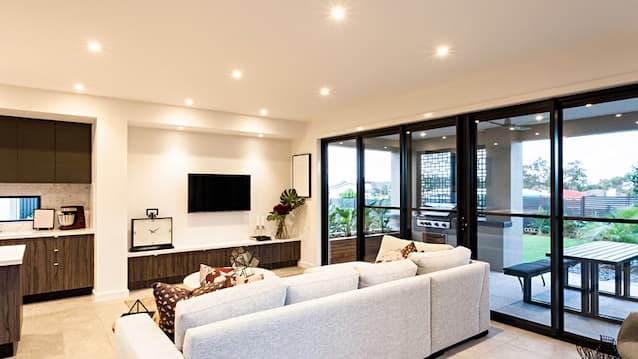
You know how hot incandescent light bulbs get when they’re in use if you’ve ever tried to change one right after it burns out. Many traditional lighting sources, such as incandescent bulbs, use more than 90% of the power they utilise to heat up, leaving only 10% for light production.
LEDs produce almost no heat and most of the light they produce is visible. This feature is one of the reasons why medical experts are considering LEDs as mood lifters for Seasonal Affective Disorder (SAD), which affects many people during the winter months when there is less natural light.
Infinite options for style and design
LEDs are extremely small. As a result, they can be used in almost any application. Remember that their original purpose was to serve as an indicator light on a circuit board. When you group them together, you get a traditional bulb. When you string a series of LED lights together, you create a line or series of lights, similar to a string of Christmas lights. Consider the possibilities for lighting throughout your home.

